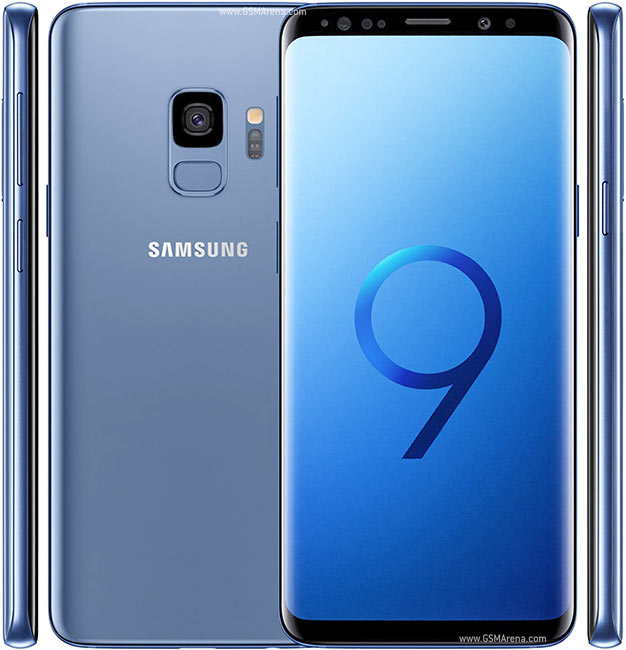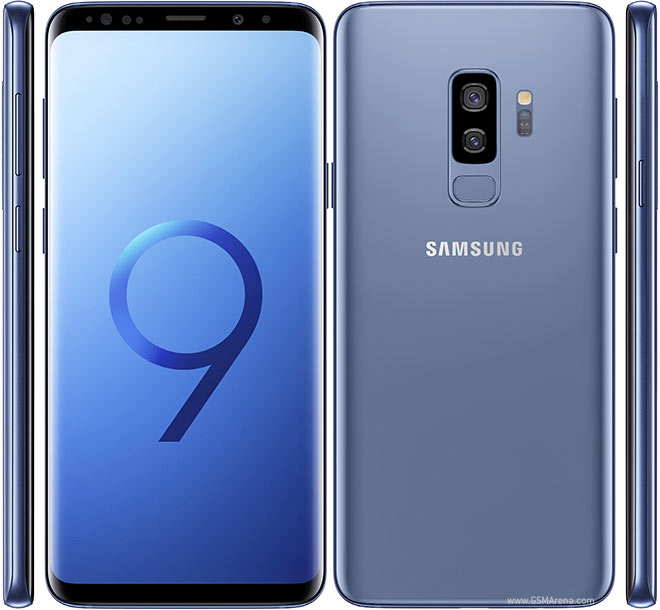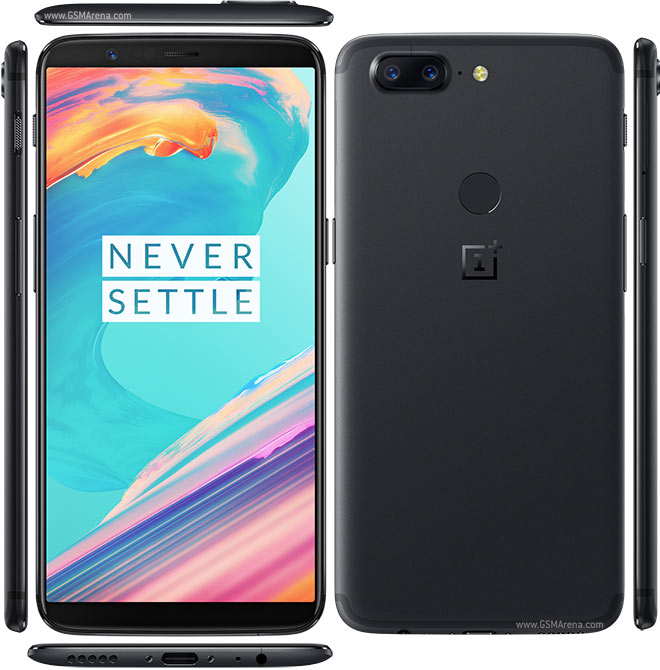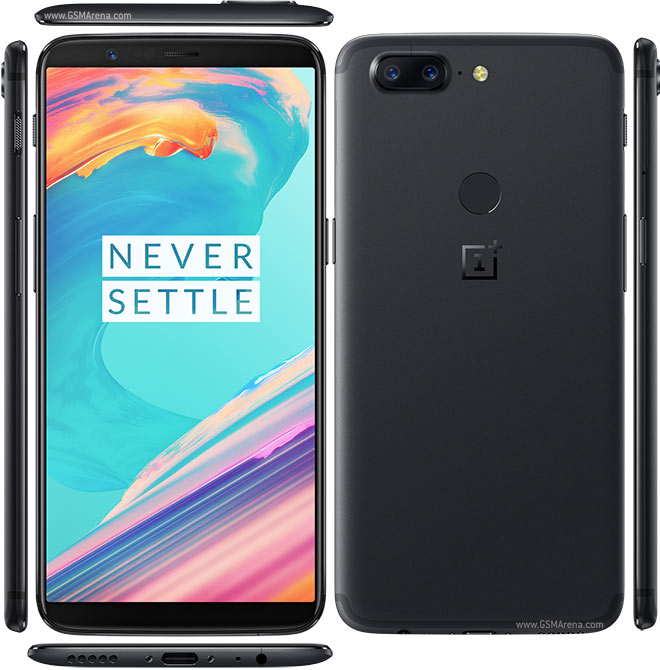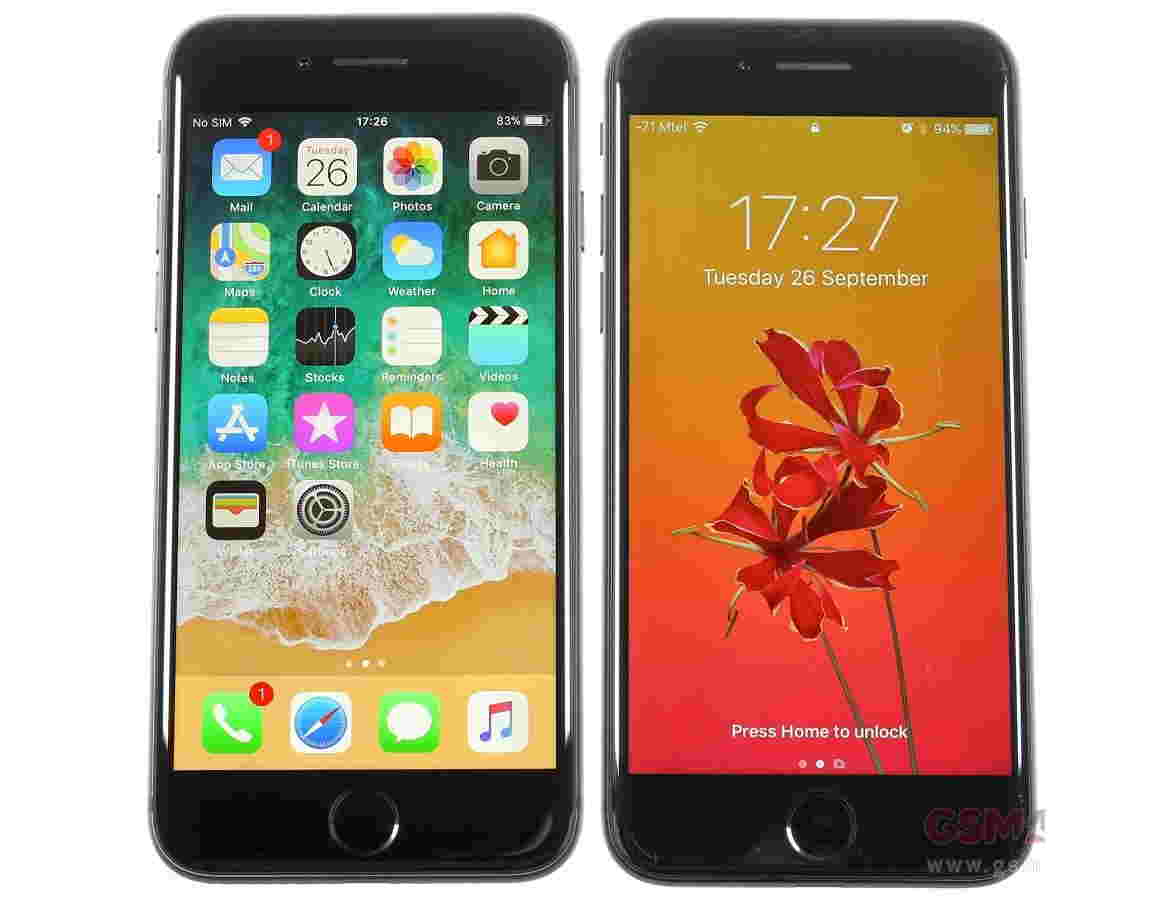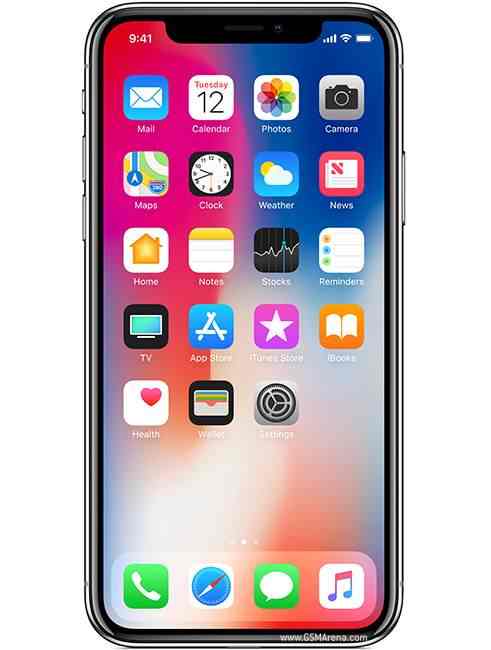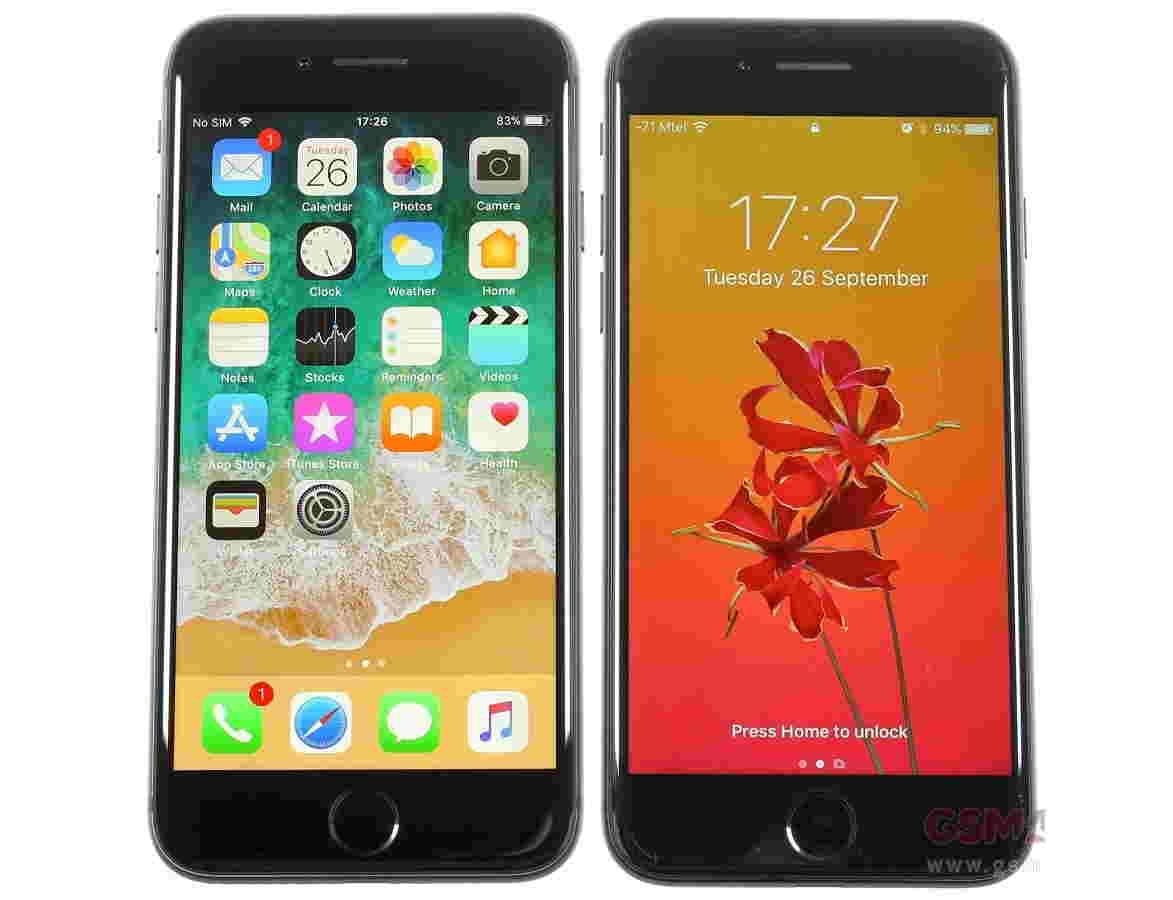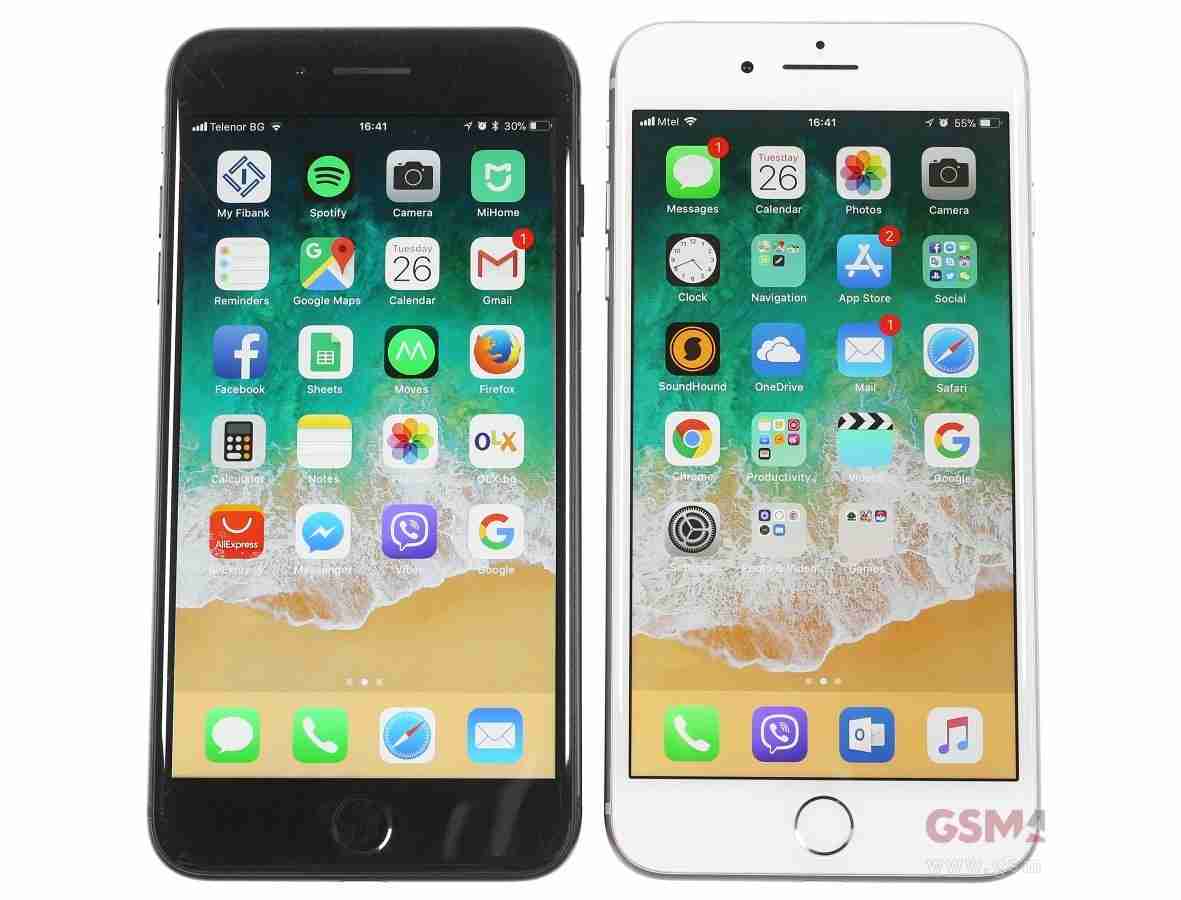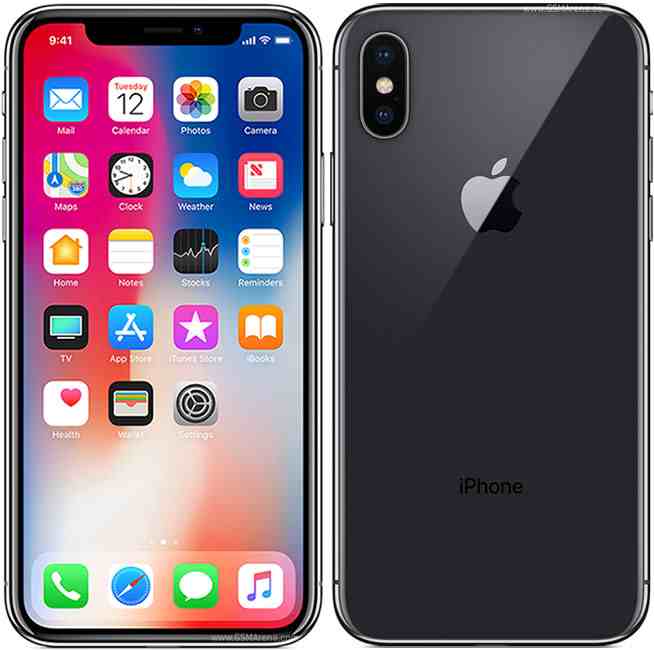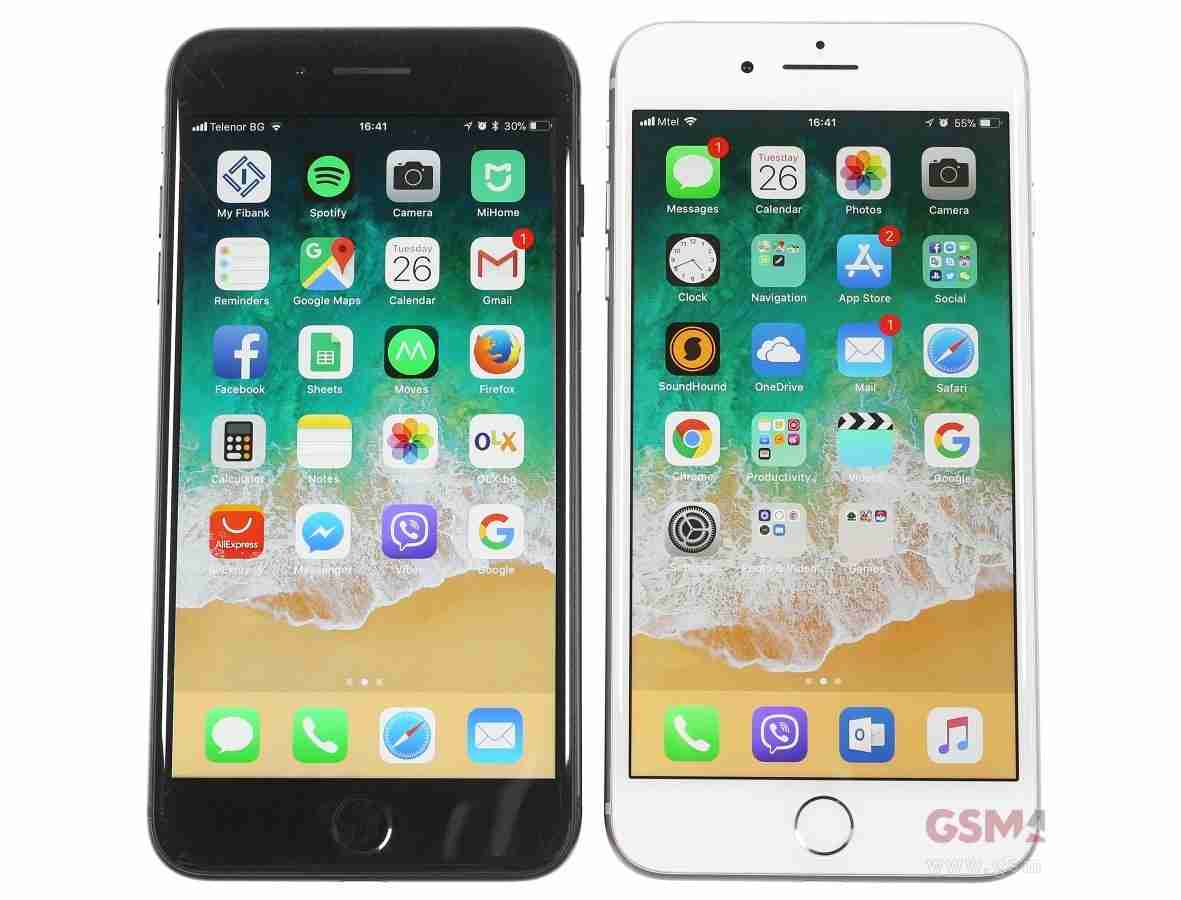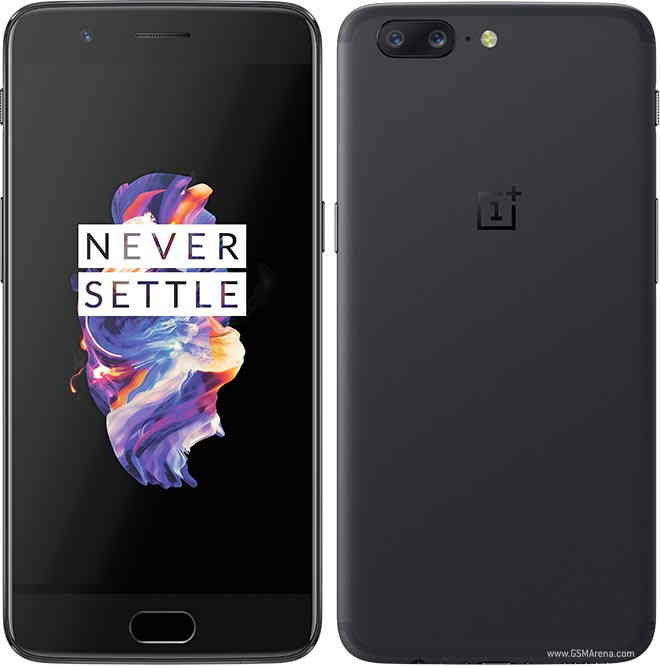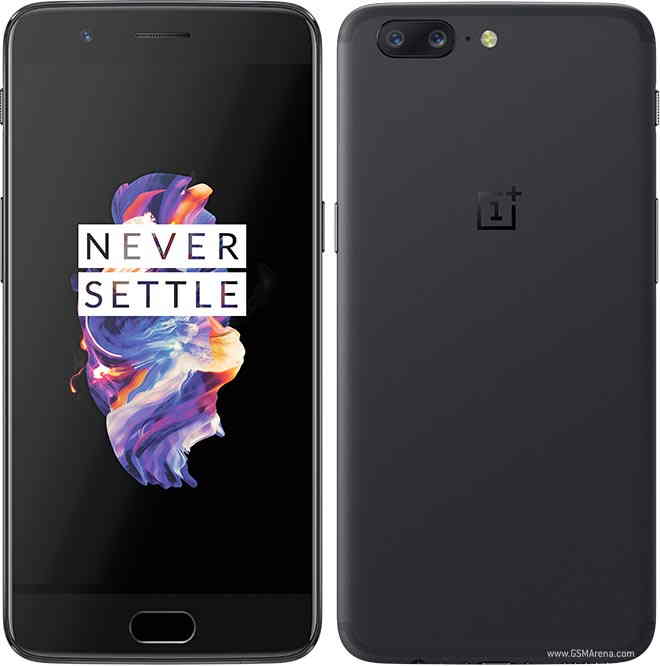Price: £Around 450
Rating: 0
The original YotaPhone caused a stir with its radical dual-screen design. Well the Russian firm is back with a second generation smartphone which improves on the original. See also: YotaPhone 2 release date, price and specs UK.
The YotaPhone will launch in the UK in December and will fetch around £400-500. The firm is holding a launch event on 3 December when we'll find out more. Here's out hands-on review from when we first saw the YotaPhone 2 at MWC back in march. See also: Best smartphones 2014.
YotaPhone 2 hands-on review: Design and build
If you've seen the original YotaPhone, you'll probably agree that it doesn’t look like a finished product. However, even though it's still in prototype stage, the YotaPhone 2 (unofficial name) looks and feels great. The rear e-ink screen is curved but this time down either side and this, combined with the 3D curved matte Gorilla glass, is simply stunning.
Considering the device has two screen, it's very impressive that the device is still just as thin and light as all those smartphones out there with a measly single display. It's just 8.9mm thick. See also: 18 best smartphones: The best phone you can buy in 2014.
YotaPhone 2 hands-on review: Hardware
The YotaPhone concept is very simple. On the front is a flagship grade 5in AMOLED screen with a Full HD resolution. Flip the device over and you'll find the 4.7in e-ink screen with a still respectable qHD resolution. Now that is definitely something to show off down the pub.
That second screen isn't just for reading your e-books on the train either. It can give you notifications, messages and other important information. Furthermore, you can now respond to what appears on the rear screen with just a single touch.
What's new is that the rear e-ink screen now supports full touch-control rather than just a small section at the bottom. The navigation for the rear screen is still in development so we can't comment on what that's like yet.
All this results in, in theory, longer battery life which is one of the most complained about downsides to a modern smartphone. Because the e-ink screen is always on but only consumes energy when the image changes, the phone can last much longer than a normal smartphone. Of course, if you use the front screen for a lot of gaming and watching videos then the 2550mAh battery is going to drain quickly. Read: Sony Xperia Z2 review.
The e-ink screen saves using lots of power by avoiding the need to use the full-colour alternative for those little things like notifications and checking the time. And some bigger things like reading and playing games including chess and sudoku. It also supports live wallpapers and live widgets.
A Smart Power mode will switch the front screen off and leave you with the rear screen to ensure you get more battery life. We can't test out battery life at the show but Yota says the device will last for more than 50 hours when reading on the rear screen.
When the battery is low, you can charge the YotaPhone 2 easily because it has wireless charging built-in. Other wireless specs include 11ac Wi-Fi, Bluetooth 4.0, GPS, NFC and support for 4G LTE networks.
Inside is a Qualcomm Snapdragon 800 quad-core processor which we’ve seen in most flagship smartphones from the big name vendors. It's also got 3GB of RAM and 32GB of internal storage.
Although the back of the phone has its own screen, Yota has managed to fit in an 8Mp camera with an LED flash. On the front is a 2Mp webcam. Performance seemed very good during our hands-on but since the device is still a work in progress we'll comment on this properly as and when we get a final sample.
Yota has opted for Android 4.4 Kitkat for the YotaPhone 2 and has left things completely vanilla. Essentially, the firm thinks Google has done a great job with the operating system so doesn't feel the need to change or add anything.
Buying Advice
The new generation of YotaPhone combines a brilliant concept with top-end specifications and a superb design. We can't wait to get our hands on the final retail version of this dual-screen smartphone.







